Did You Learn These Facts About Native Americans In School?
The history of colonization in North America is frequently uncomfortable, contrasting stories of progress and triumph with death, disease, subjugation, and abuse.
Over time, the history of the continent’s original inhabitants has been skewed to be more myth than fact, while the truth is often ignored or downplayed. With thousands of years of history in North America, these people have many stories to tell.
Countless languages have been lost to history
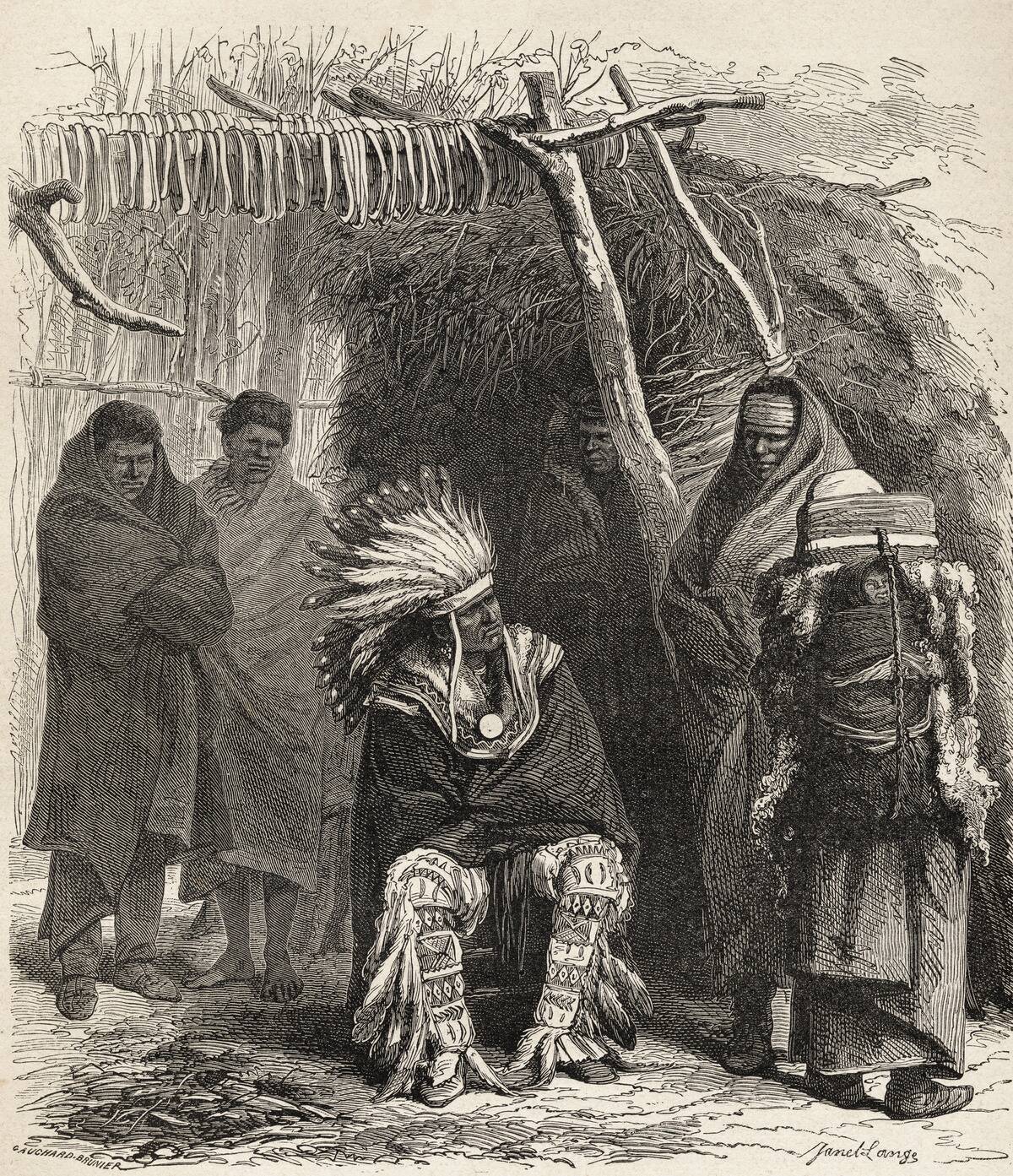
Prior to their first contact with Europeans, it’s estimated that somewhere between 300 and 500 languages were spoken across the North American continent. While some of these languages have been preserved, the majority have been lost forever.
The U.S. government’s aggressive assimilation practices ensured that many aspects of indigenous culture would be eliminated. “In the difference of language today lies two-thirds of our trouble,” said President Ulysses S. Grant in 1868. “Their barbarous dialect should be blotted out and the English language substituted.”
Early settlers owed a lot to them.

While European colonists in the Americas were often fearful of the prospect of being attacked by indigenous tribes, the truth is that some of these early colonists wouldn’t have survived without their help.
Notably, the Powhatan tribe in what is now Virginia was credited with providing British settlers with food and necessities as they struggled through the early years at their Jamestown settlement.
Not all tribes have their own land.
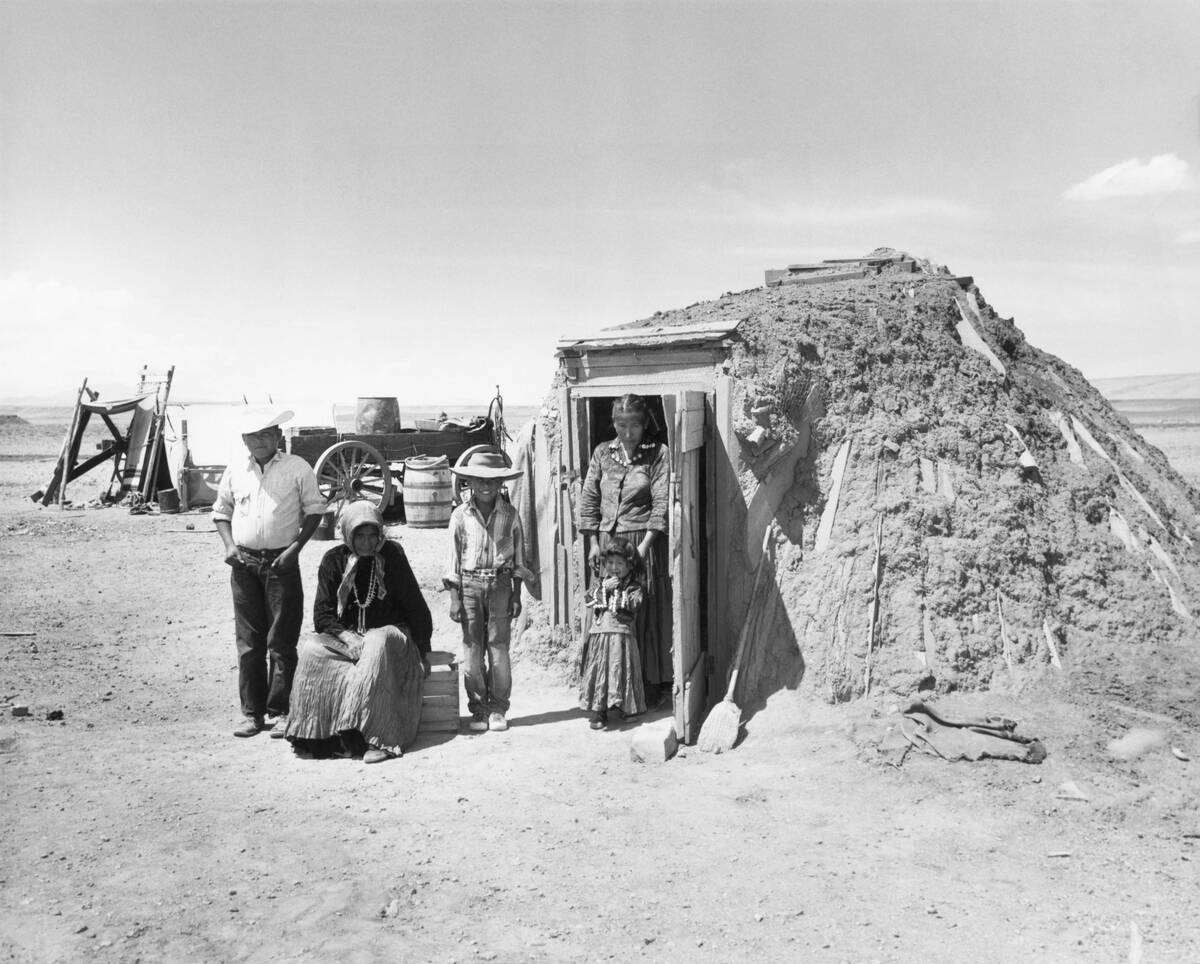
Vast swaths of the United States are dedicated to tribal land, which leads many to believe that every tribe has their own land. But with 574 federally-recognized tribes and only 300 or so tribal land areas in the United States, this just isn’t true.
This statistic is compounded by the reality that of the tribes that do have land, it’s on average only about 2.6 percent the size of the territory that they occupied before the colonization of North America.
Code Talkers worked behind the scenes during WWI and WWII.
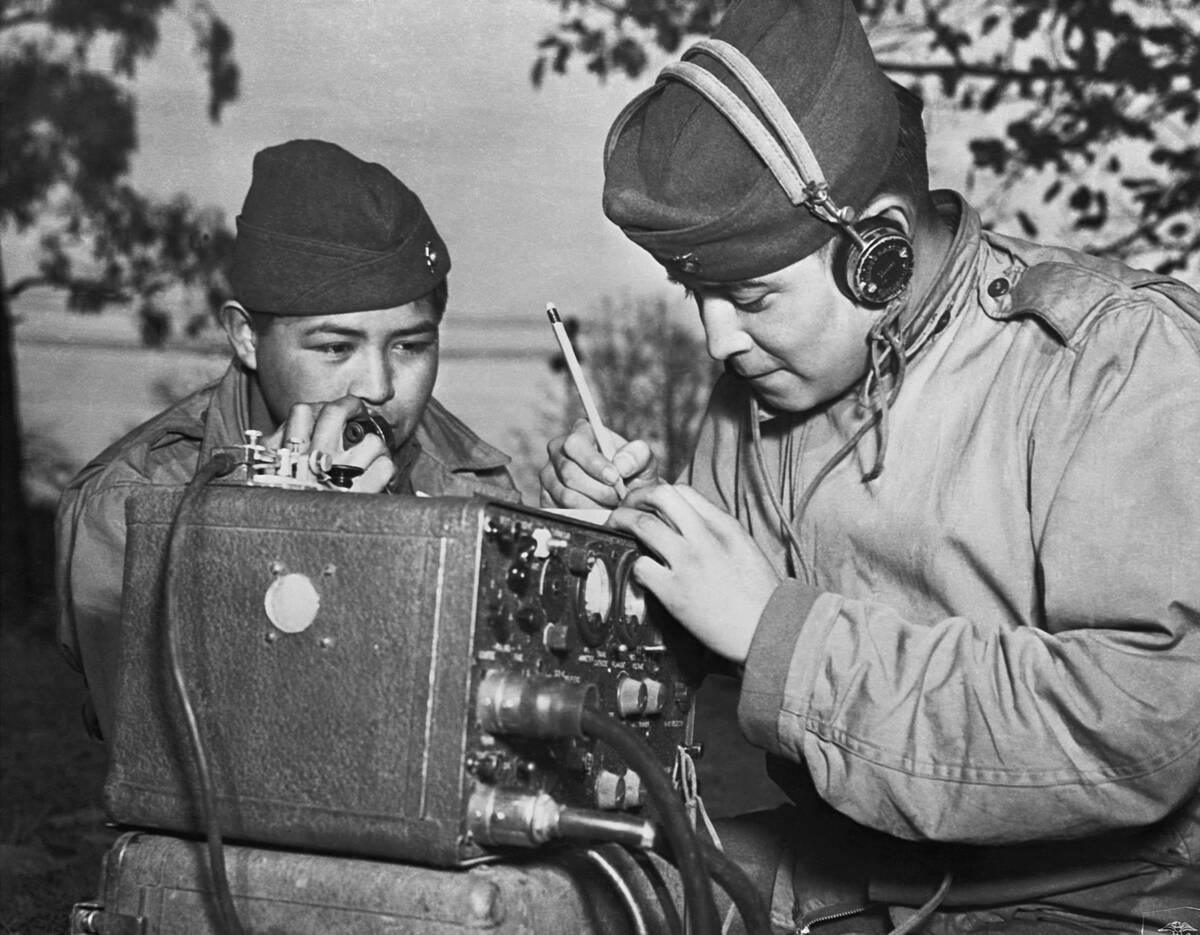
While it was classified at the time, and would remain so until 2002, Native American Code Talkers did invaluable work during both World Wars to relay messages behind enemy lines.
The genius of the scheme was that Code Talkers could simply converse in their native languages, which couldn’t be understood by enemy combatants. The Navajo language was ideal for this, because it was strictly spoken and not written. In all of their work, spanning two major wars, their codes were never broken. It’s just too bad that it took decades for their work to be recognized.
Many tribes share a similar origin story.

The Iroquois creation myth, which is echoed in several other tribes, holds that the continent that we know of as North America was called Turtle Island, and was created during a time when the entire world was water.
The inhabitants of this world needed to provide a surface for the delivery of a child, so a turtle volunteered to have mud layered on its back to provide a stable landmass.
It took them until 1924 to be granted American citizenship.
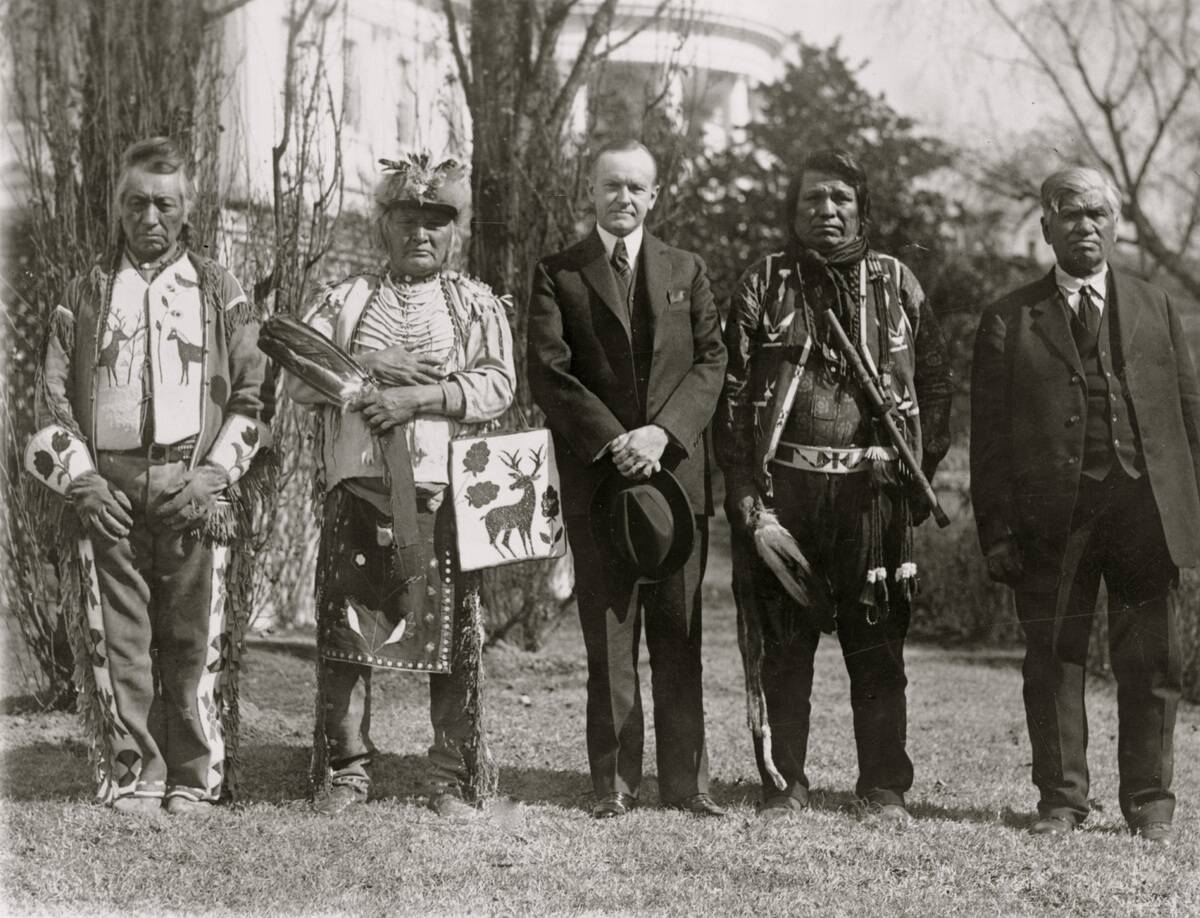
North America’s indigenous people have occupied the continent the longest, but they’ve only been allowed to call themselves U.S. citizens for about a century.
The Indian Citizenship Act of 1924 granted all Native Americans U.S. citizenship (though not all were allowed to vote). An earlier act, 1887’s Dawes Act, granted some indigenous people citizenship — but only if they accepted land grants.
Squanto’s story is pretty dark.
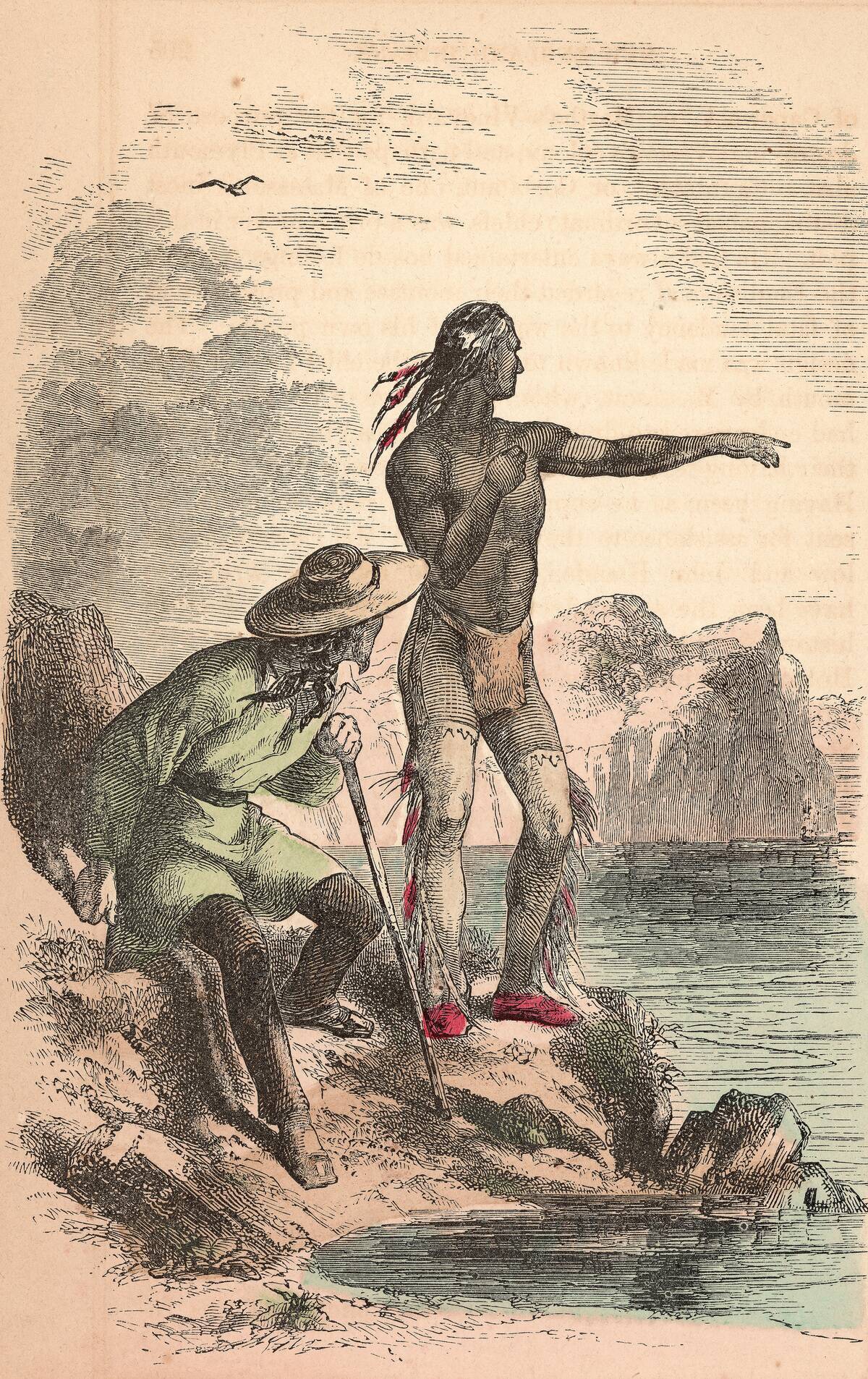
Squanto, a member of the Patuxet tribe, is celebrated for helping the pilgrims of the Mayflower survive during their first harsh winter, largely because he was fluent in English.
What isn’t often discussed is that Squanto was only fluent in English because he’d been abducted by English explorer George Weymouth, brought to England as a curiosity, and finally returned to his homeland, where he found that his entire tribe had been decimated by smallpox. This all happened before the pilgrims landed at Plymouth Rock.
Women were granted significant rights.
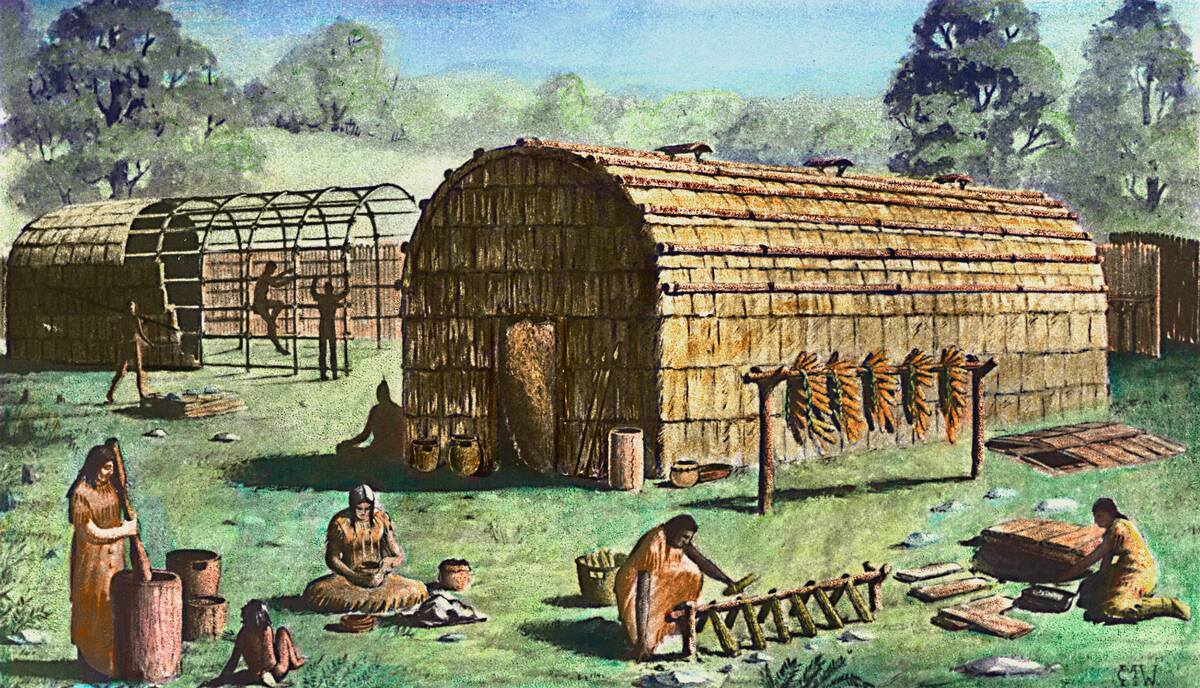
The women’s suffrage movement of the 19th and 20th century led to many much-needed reforms, but for indigenous tribes, equal rights were already commonplace.
While it varied from tribe to tribe, many North American nations gave women the right to divorce their husband and retain their possessions, along with a voice in government. In fact, the egalitarian nature of the Iroquois tribe was a direct influence on early women’s suffrage activists like Elizabeth Cady Stanton.
They founded one of the oldest continuous democracies.
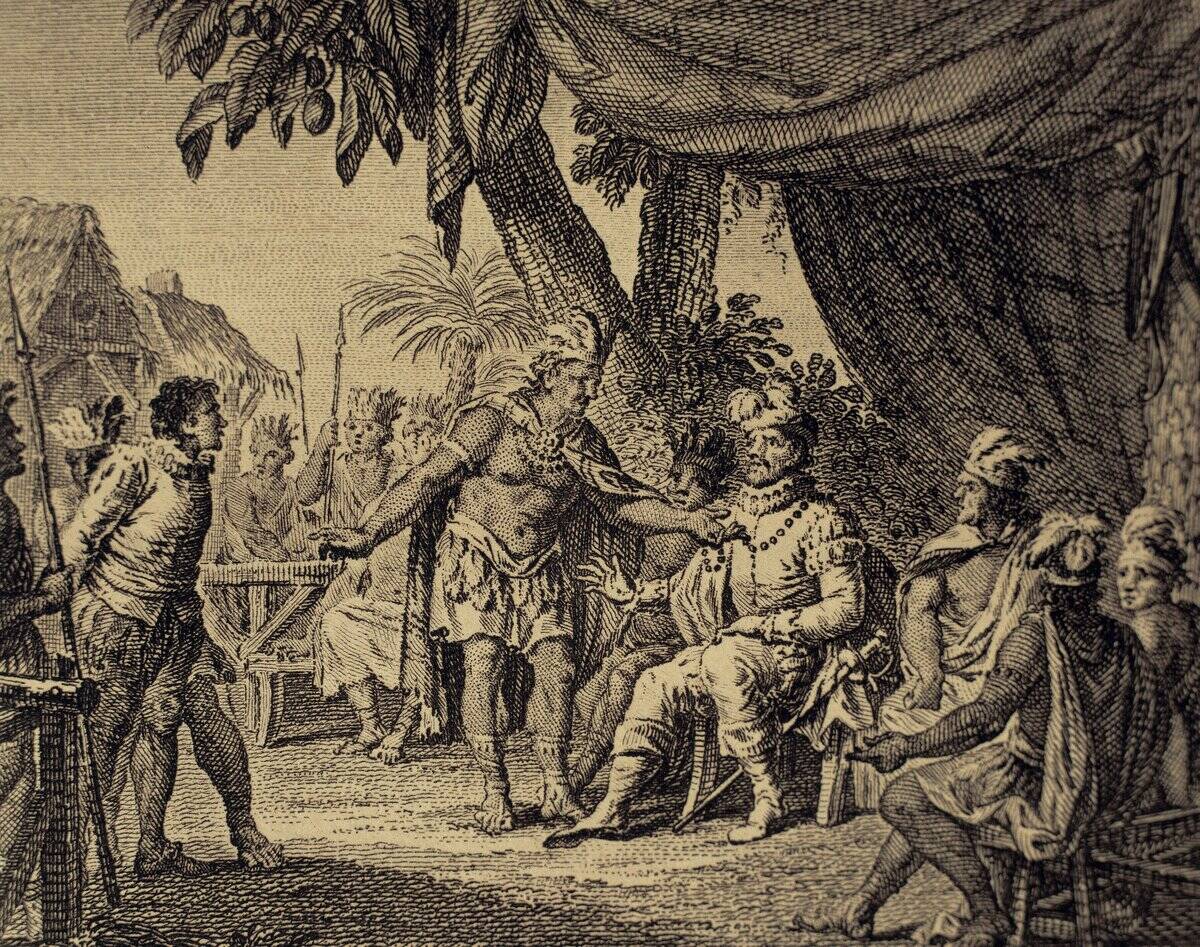
When looking at the history of democracies, scholars generally focus on ancient Greece and Rome. But while other democracies have had fits and starts, the Iroquois Confederacy — or Haudenosaunee Confederacy — had been going strong since at least 1142.
The agreement united the Mohawk, Oneida, Onondaga, Cayuga, and Seneca nations in a democratic agreement. The confederacy was rocked by European colonization, but it is still in place today.
The agreement served as a model.

The Haudenosaunee Confederacy, which grew to incorporate the Tuscarora tribe, formed a Grand Council that emphasized peace and fairness for all, while separating power structures into different, regulated branches.
These sound fundamental tenets served as guidance for the Founding Fathers of the United States when they were looking for an alternative model to the monarchy that had previously ruled them.
They cultivated some of our most important crops.

Many of the high-yield, domesticated crops that we rely on today were first domesticated, over generations and centuries, by the tribes of the North American continent.
Chief among these is corn, which was cultivated by indigenous farmers in central America thousands of years ago. It’s estimated that as much as 60 percent of the world’s current food supply is based on crops that originated in North America.
Cahokia was a metropolis.
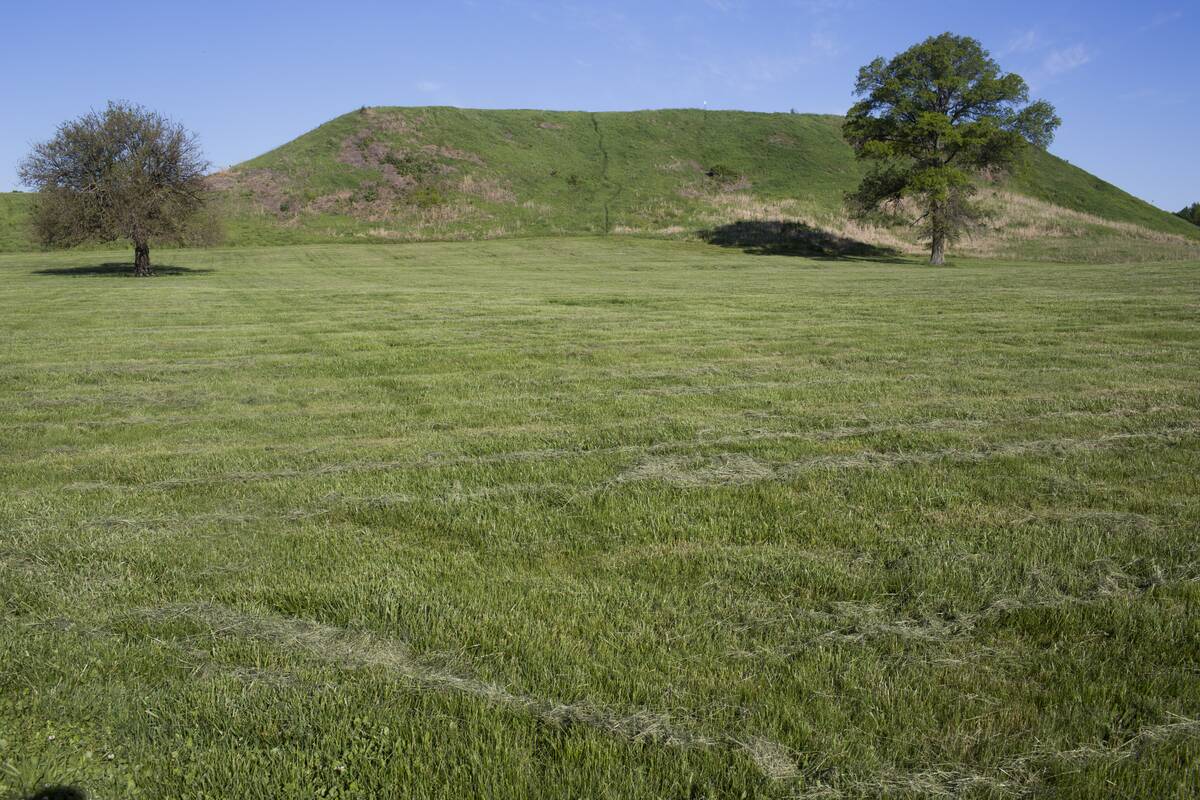
While ancient Europe had many large cities, we tend to think of ancient North America as a largely empty continent, punctuated by a few small settlements.
But Cahokia, which was located in modern-day Illinois and was occupied between about 600 and 1350, was a massive urban center and trade hub, with a central location that was visited by many tribes. At its peak, it was home to upwards of 20,000 people — about the same population as London in 1200.
Jim Thorpe may have been the best athlete ever.
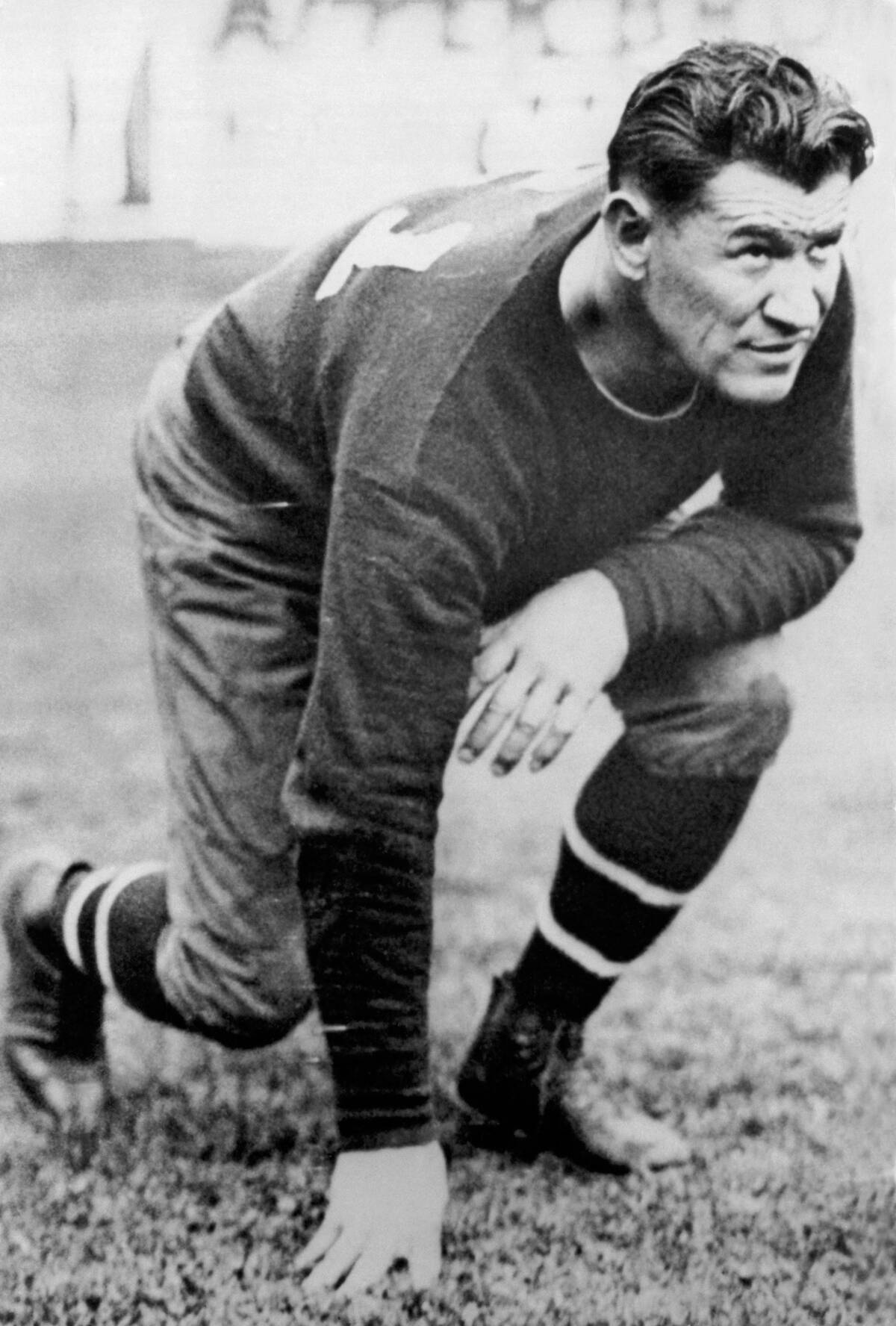
One of the most celebrated indigenous people of all time, Jim Thorpe was an athlete who was seemingly elite at everything he tried. In the early 20th century, he was unrivalled as a multi-sport athlete.
Thorpe won two Olympic gold medals (for pentathlon and decathlon), played professional baseball, basketball, and football, and even played collegiate lacrosse and won a ballroom dancing championship.
Their artifacts are protected.
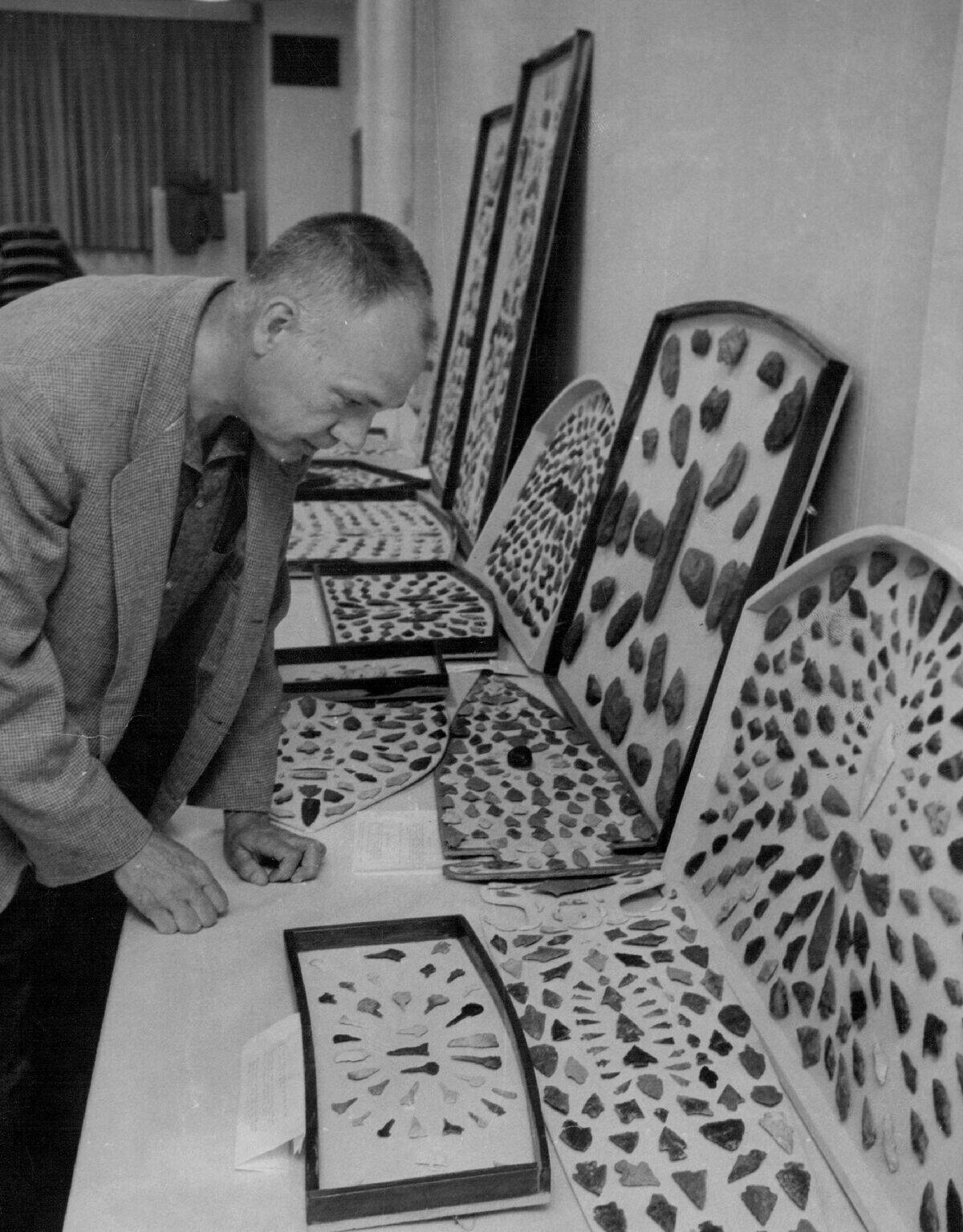
Few thrills can match the excitement of unearthing a genuine arrowhead, but these artifacts are not necessarily free for the taking.
The Native Graves Protection and Repatriation Act states that “lineal descendants, Indian tribes, and Native Hawaiian organizations” are the rightful owners of these artifacts, assuming they’re sacred objects or objects of cultural patrimony.
They developed several modern-day sports.
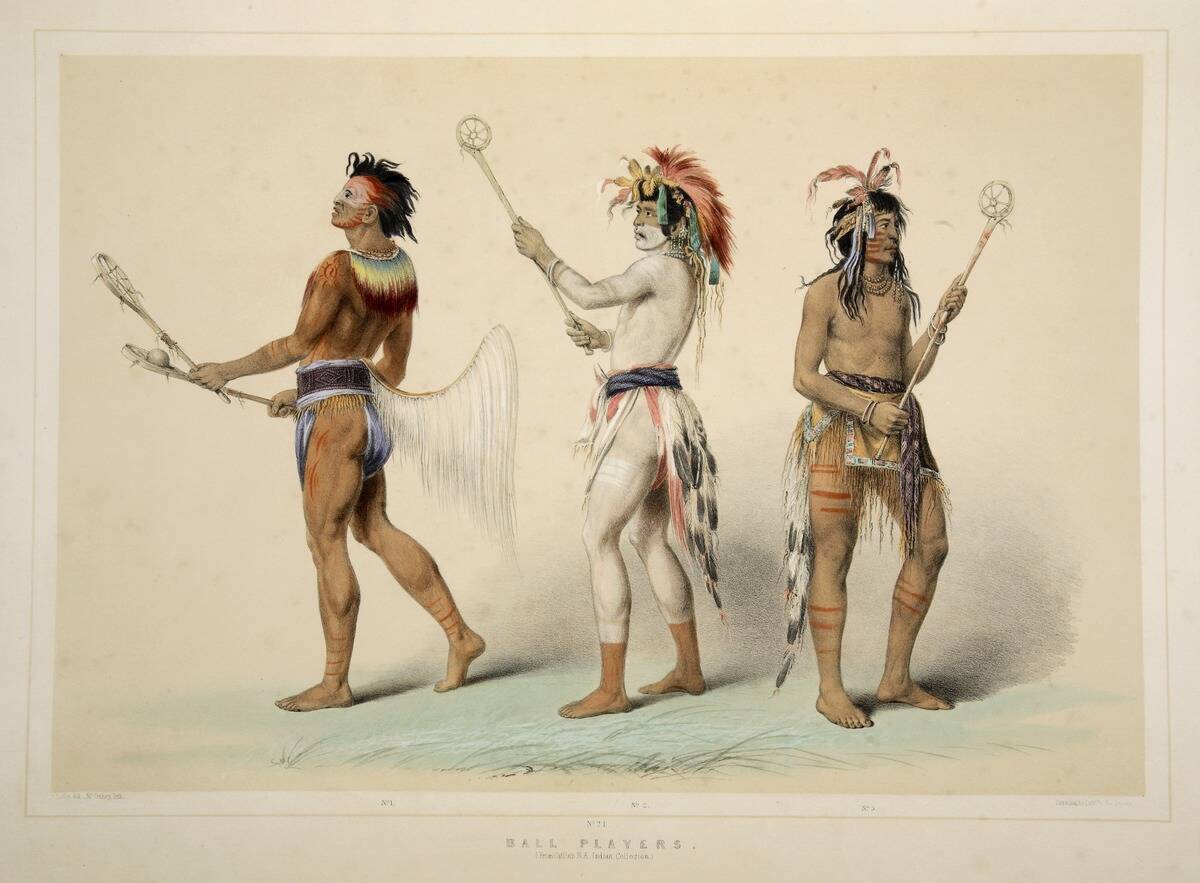
The origins of ice hockey are debated, but it can’t be ignored that several tribes played a game called shinny, in which they used curved sticks to fight over a buckskin ball, often on ice when the weather was cold.
Lacrosse, on the other hand, was definitely based on games played by Native American tribes since pre-Columbian times. 17th-century Jesuit priests described indigenous people in modern-day Canada playing a version of lacrosse.



